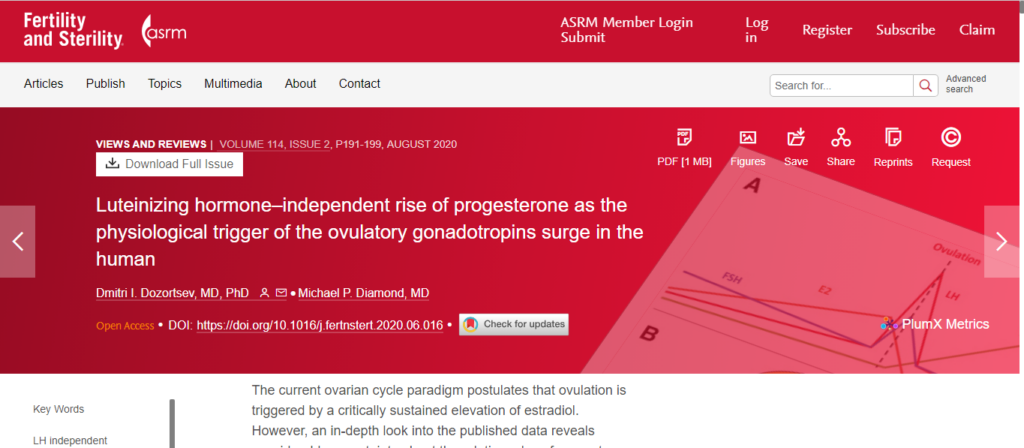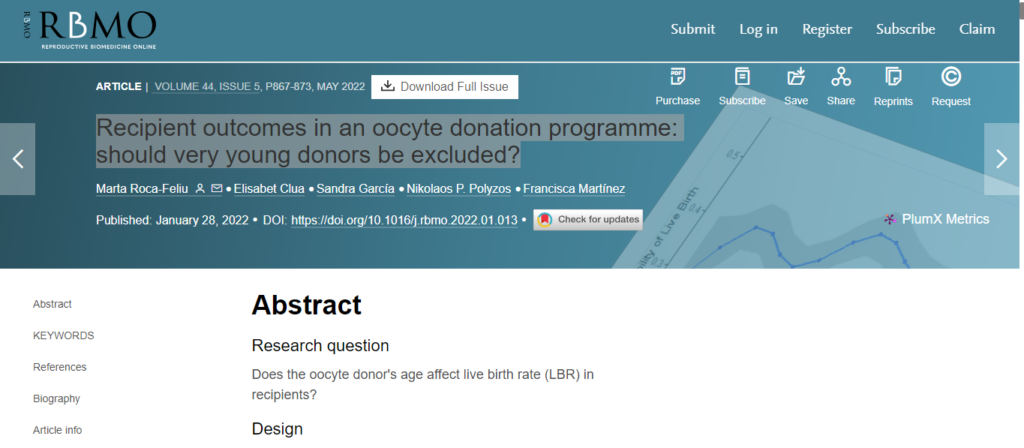Egg Donor Process
The Complete Process of Egg Donation – Advanced Fertility Center of Texas screens each potential donor rigorously making sure they have the perfect candidate for egg donation. Once a person has been selected the length of a commitment can be as few as six weeks and if four months. We have outlined the donation process to help you decided if egg donation is right for you.
01.
The first process is getting
the right donor:
Before anything can happen, a donor must apply to become an egg donor. An initial screen is performed and commonly there are two rounds of interviews.
The first interview is usually with a clinical coordinator and the other is with the actual Practionare. Next the donor will undergo genetic screening, extensive hormonal testing, psychological testing and have good ovarian reserve with at least 5 follicles in each ovary. Only the donor applicant who passes all the screening steps will potentially become an egg donor.
02.
Matching the Egg Donor
with the Couple:
When a couple decides to use donor eggs, they can view the pool of prescreened donors provided by the fertility treatment center like Advanced Fertility Center of Texas.
A tentative donor egg match happens when the couple decides which donor they would like to use to help with the process of fertility. An IVF coordinator will contact the egg donor to confirm her availability. If the egg donor is available for the recipient’s desired time frame, and passes testing and FDA -required testing, an official match is made. Donor matching can sometimes happen very quickly if the donor has donated in the past or can be available to complete her testing.
03.
Stimulation to Help
Produce More Eggs:
The egg donor and the recipient menstrual cycle will be synchronized usually with the donor using oral contraceptives and Lupron so that the recipient cycle falls about 5 days earlier than the donor.
During this ovarian stimulation phase the egg donor will initiate gonadotropin to help stimulate the growth of her eggs. The gonadotropins will stimulate the ovaries to grow several eggs on both sides. Ultrasound monitoring and hormonal testing occurs around 5-6 times to ensure proper ovarian stimulation.
04.
Lining Development for the Donor Recipient is Crucial to Success:
The recipient will undergo a hysteroscopy in the month prior to the donor ovarian stimulation to ensure that there is no uterine pathology. The uterus will be prepared by using estrogen supplementation until a favorable lining of at least 7 mm is seen and hormonal measurements of estradiol and progesterone are appropriate. In this phase, the recipient is required to take estrogen and progesterone to prepare her endometrial lining for implementation. The development of the endometrium for embryo for transfer is typically not a problem. Advanced Fertility Center of Texas offers acupuncture treatments for couples who would like to optimize the growth of the uterine lining and improve implantation.
05.
Time to collect the Eggs with triggering Ovulation:
The egg donor will go through an ultrasound to show if the donor’s egg has sufficiently developed. The egg donor will be asked to inject HCG. The human chorionic gonadotropin is a hormone that supports the normal development of an egg in a women’s ovary and stimulates the release of the egg during ovulation. The eggs are retrieved from the donor about 36 hours after she receives the trigger injection. This process is guided by an ultrasound and an aspiration needle is used for the retrieval of the eggs.
06.
Time to Help the Egg Become Fertile
and Transfer to the Recipient:
07.
Time to find Out If the Recipient is Pregnant:
The recipient will have a level of progesterone measured about one week after the embryo transfer. A blood pregnancy test is done two weeks after the embryo transfer. The blood test is taken to measure the level of HCG. After two normally rising HCG tests and ultrasound procedure two weeks later to view the pregnancy. Effective synchronization of the development of the recipient’s uterine lining (Endometrium) along with the proper growth of the donor’s follicles is the key to success for effective egg donation. Egg donation is a delicate process and that is why at Advanced Fertility Center of Texas is one of the best ranked egg donation centers in the nation. For Egg donors to recipients our state-of-the-art fertility center provides comprehensive in-house diagnostic tests and treatments. We are one of the few centers in the country that offer in house wellness programs including acupuncture as well as online body mind programs. If you are interested in becoming an egg donor or need an egg donation as a recipient please call 713.467.4488 and we will be happy to help.
Third-Party Parenting
Learning Center
Learn more about third-party parenting. If you have questions, we have the answers.







